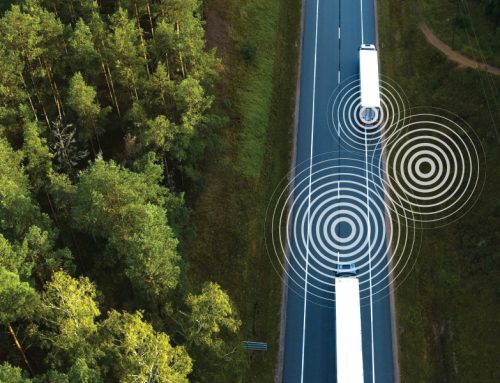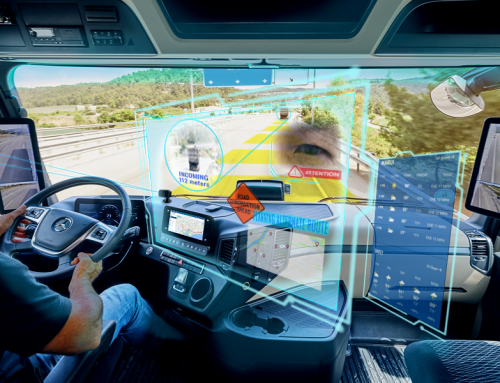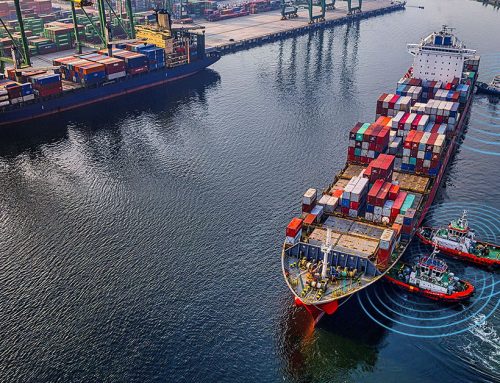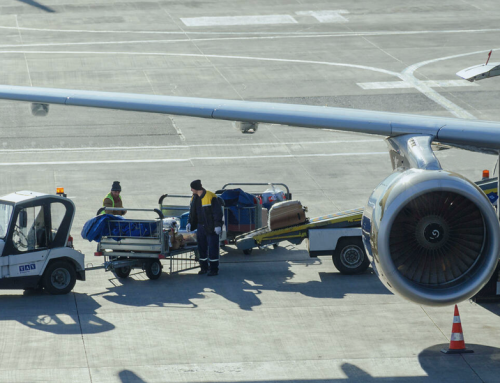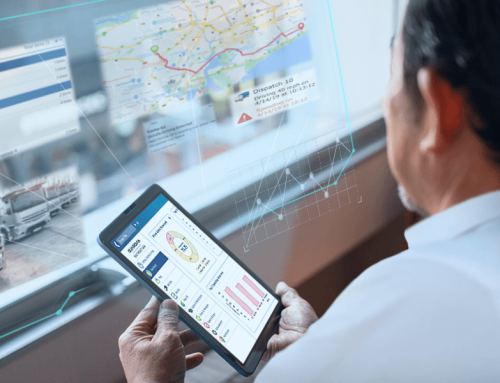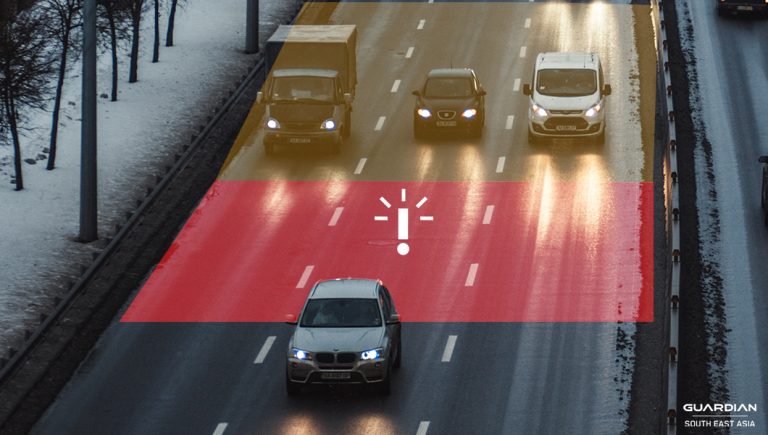
The Importance Blind Spot Monitoring Systems
Vehicle mirrors serve as essential driving aids, allowing observation of what happens around the vehicle for safer driving. When it comes to fleet management however, the use of mirrors is not enough. As technology in safety continues to progress, the modern vehicle is becoming much more technologically advanced. Today, fleet management systems are leveraging on this progression to ensure greater safety of employees and assets on the road. A study from the Insurance Institute for Highway Safety found that collision avoidance technology, of which blind spot indicators are a part of, cut the rates of single-vehicle sideswipe and head-on crashes by 11 percent.
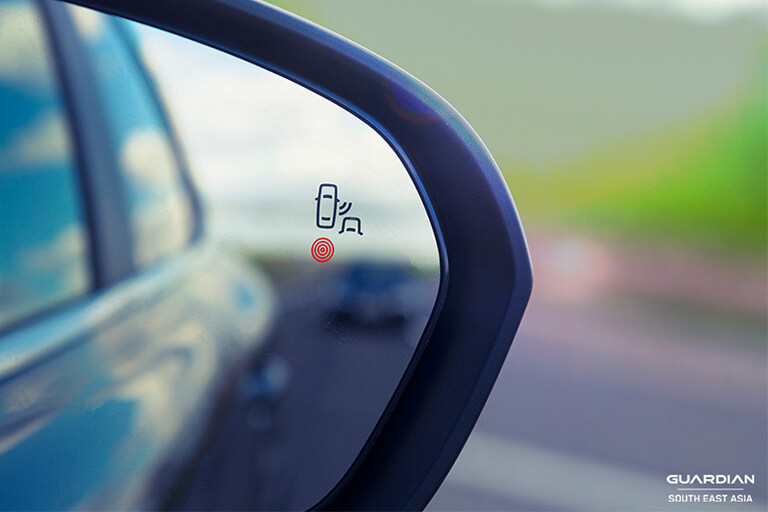
One such example is the blind spot monitoring system. The blind spot monitoring system detects vehicles in adjacent lanes via sensors that are mounted on side mirrors or bumpers. It alerts drivers to vehicles that may have escaped visibility in the side-view mirrors. An audible or visual warning is triggered if the blind spot detection sensors detect something. Its role as a driver assistance system is crucial because it monitors 360° road conditions around the vehicle, offering an added safety measure to compensate for the potentiality of human errors.
How Does it Work
As part of the blind spot monitoring system, radar sensors are located inside the left and right sides of back bumpers while cameras are located in side-view mirror housings to detect vehicles within the monitored areas. It alerts drivers of the presence of passing vehicles in blind spots on either side of the vehicle. Visual indicators such as an illuminated icon or flashing lights are typically used by blind spot monitoring systems in the side mirror or head-up display. These are often accompanied by audible warnings including beeping or repeated chimes. Additionally, some blind spot monitoring systems provide haptic alerts, such as vibrations through the steering wheel or seat.
Benefits of Blind Spot Monitoring Systems
Useful in Larger Vehicles
With larger vehicles, blind spots are also larger than usual as sections of lanes may not be as visible to the driver. This is where blind spot detection sensors become especially useful to fleet managers, where big vehicles are used in the transportation of assets. The sensors will alert drivers of obstruction even with the difficulty of visibility. This ability to monitor large unseen areas surrounding bigger vehicles enforces safety for drivers and greater peace of mind for fleet managers. When the potential of such accidents is reduced, more cost-savings are also achieved.
Better Driver Awareness
As humans, our range of focus is more limited as compared to what systems are capable of managing. It is helpful to have as many extra senses covered as possible especially when there are many things happening around your vehicle. By constantly monitoring the blind spots you are unable to see while driving, accidents are automatically prevented.
Quick Response
How fast a driver reacts, can make a world of a difference in a life and death situation. Being alert, aware and noticing things quickly is key to a fast response time. This is where blind spot monitoring systems come in handy. Due to their proactivity in notifying drivers of obstructions, they are more effective than mirrors, which still require drivers to do most of the monitoring and observing. In fact, systems with a more sophisticated functionality can even intervene with subtle steering or braking inputs to prevent drivers from changing lanes and colliding into another vehicle.
Improved Overall Safety
Beyond monitoring the area around your vehicle, blind monitoring systems can keep your driver from running into another vehicle, avoiding collisions with other vehicles moving in the same direction or an adjoining lane. Moreover, blind spot monitoring systems are constantly following traffic. Typically on a highway or a road with several lanes, drivers tend to look ahead and neglect blind spots. With blind spot monitoring, sensors track traffic behind, beside and around the vehicle at all times, which enhances overall safety.

Blind spot monitoring is a powerful tool for safety purposes. Paying attention to the audio and visual warnings can significantly minimise road accidents, increasing efficiency, cost-effectiveness and maximising uptime. As fleet managers, ensuring smooth and seamless fleet operations while empowering driver safety is of utmost importance.
Guardian SEA is committed to the safety, compliance and efficiency of your business. With a range of road safety solutions including driver monitoring systems, contact us today and make safety a priority.



